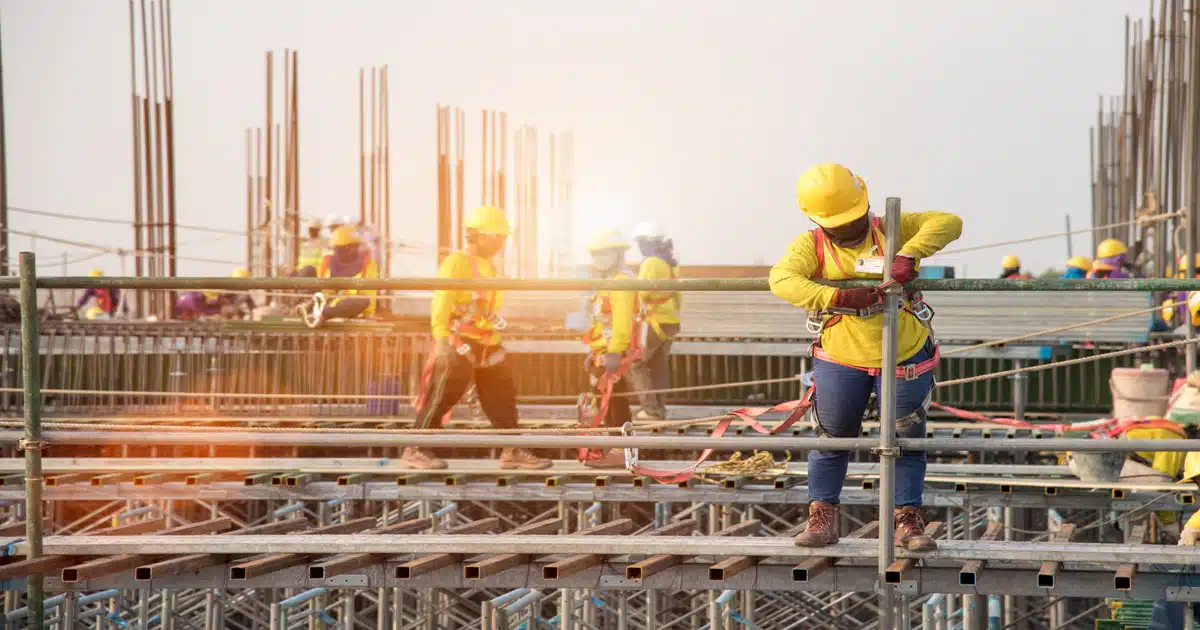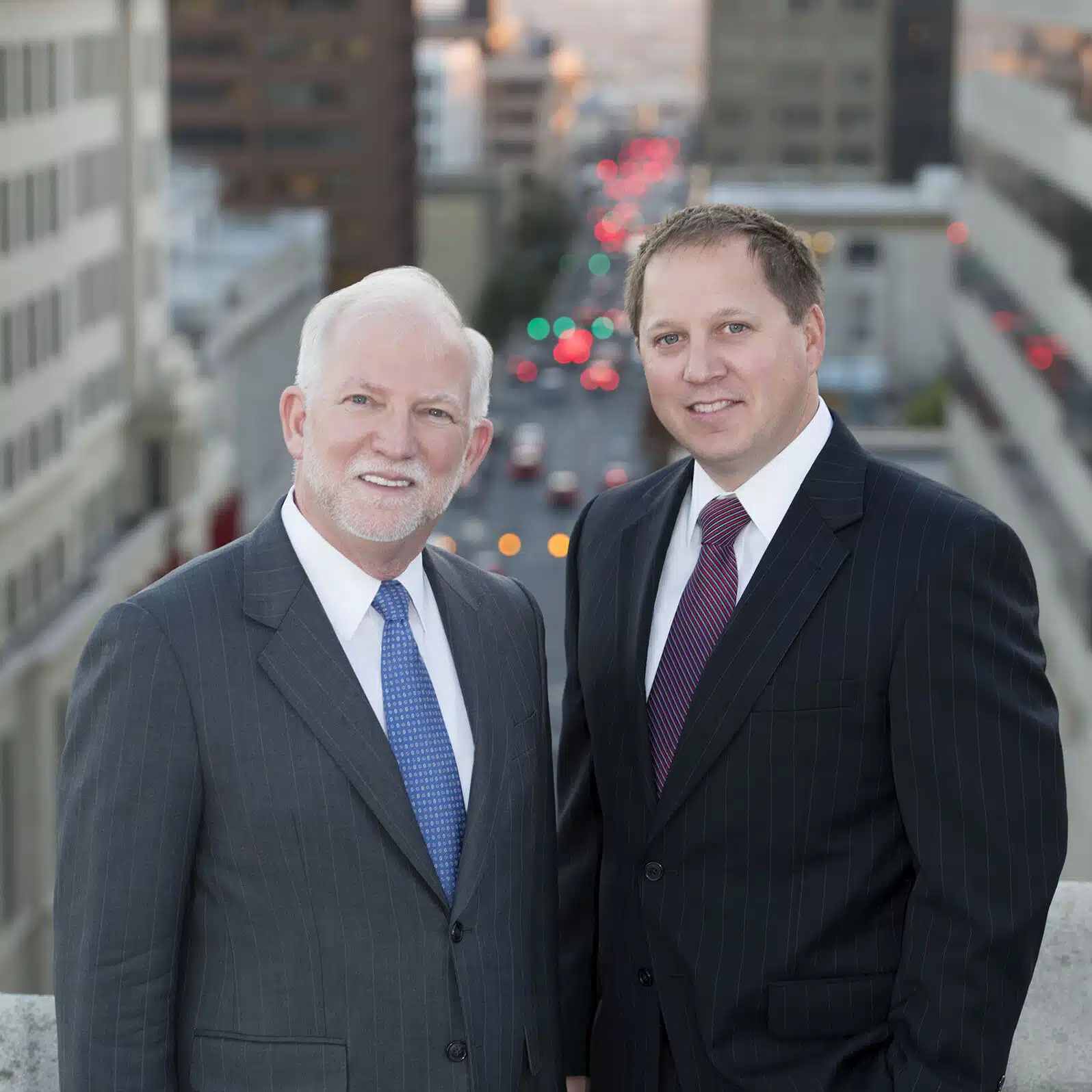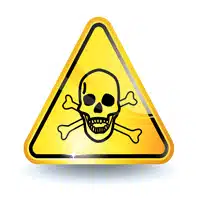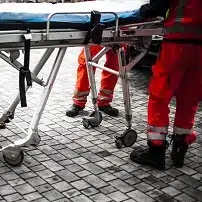Construction sites are full of activity. Construction sites also have a reputation for having hazards and frequent workplace accidents, even though there are numerous safety guidelines and rules. When someone is injured on a jobsite, it can be a result of a person not following safety protocols or even malfunctioning machinery.
If you have suffered a workplace injury and the prognosis indicates that you will recover in a few weeks, Workers’ Compensation may provide you with enough benefits to get you back to life as usual. This coverage includes medical care and covers a portion of lost wages, no matter who caused the accident. In some cases, you may be able to file a third-party claim if a negligent party other than your employer caused your work injury.
The owner of the construction site has some responsibility for keeping the area free of hazards in order to keep everyone there safe. They may give control to third parties, like subcontractors, and they in turn hold responsibility for maintaining the safety rules. Owners and subcontractors could both be held responsible for construction accidents.
Construction architects, designers, and engineers are tasked with designing projects that conform to safety regulations and building codes, and they should not create designs that put workers in danger. Following blueprints that do not follow those codes can be a real recipe for disaster. All of the other contractors on the site should make safety a priority, and their work is coordinated with other contractors who may not be as conscientious.
If construction tools, equipment, or machinery are defective or unreasonably dangerous, an injured worker may file a third-party claim in addition to Workers’ Compensation benefits. Some workplace hazards that potentially warrant a third-party claim include:
- Defective or missing handrails.
- Uneven and hazardous stairways.
- Electrical problems.
- Faulty tools and equipment.
- Toxic fumes.
- Fire hazards.
- Asbestos exposure.
- Explosions.
- Building collapses.
How Can I Prove a Third-Party Caused My Injury?
These cases can be challenging because construction sites are constantly changing. Anyone who may have contributed to an accident may be encouraged to tidy up the scene soon afterwards, removing any evidence that could help prove negligence. You may have to take photographs, get testimonies from coworkers, and contact the Occupational Safety and Health Administration (OSHA) for an investigation.
When the liable party seems to be a designer or manufacturer, the case may fall under the products liability umbrella. These cases often use expert testimony to help show that the device that caused the accident was unreasonably hazardous. It is not unusual to have lawsuits where multiple parties are found to be liable. For example, if a scaffold broke and a worker fell, the manufacturer and subcontractor that owns the scaffold might be responsible.
If you end up suing another party for a construction accident, there will most likely be an investigation into what happened. Investigators may try to establish that there was an unsafe working environment. They may look for uncovered holes, tripping hazards, unsafe ladders, and other OSHA violations. If it is alleged that a piece of machinery is defective, investigators will want to know if the machinery has a history of causing problems.
What Should I Do After a Construction Accident?
Some construction accidents cause catastrophic injuries, including:
- Broken bones.
- Shoulder injuries.
- Spinal cord injuries.
- Head and brain injuries.
- Electrocutions.
- Burn injuries.
- Eye injuries.
If you have a severe injury, you may need benefits to cover your long-term medical expenses.
You may be able to sue if someone besides your employer caused the construction accident and if your Workers’ Compensation benefits are not enough to cover your damages. This involves proving negligence. You can work with a lawyer to determine if you should file a Workers’ Compensation claim, a third-party liability claim, or both. Should you decide to proceed with a claim, the evidence-gathering phase will be vital to your case. A third-party lawsuit can be filed in court if a settlement cannot be reached.
How Can Construction Accidents Be Prevented?
Prevention is key to eliminating construction accidents. If your position requires you to wear personal protective equipment, you should follow those safety protocols. Also, be aware of your surroundings at all times, and keep an eye out for approaching vehicles, uneven surfaces, and holes in the ground.
Proper training is also essential for construction site workers. Not knowing how to properly use equipment is dangerous. If you feel that the site you are working on is unsafe, point it out to a supervisor as soon as possible.
Delaware Construction Accident Lawyers at Rhoades & Morrow Offer Trusted Legal Guidance to Injured Construction Workers
If you were injured on a construction site while working, you may need help with your Workers’ Compensation claim. Our Delaware construction accident lawyers at Rhoades & Morrow can assist if you are having problems with your claim. Call us at (302) 427-9500 or complete our online form to schedule a free consultation. Located in Wilmington, Bear, and Milford, Delaware, we serve clients throughout Middletown, Dover, Milford, Lewes, Rehoboth, Elsmere, and Seaford.





